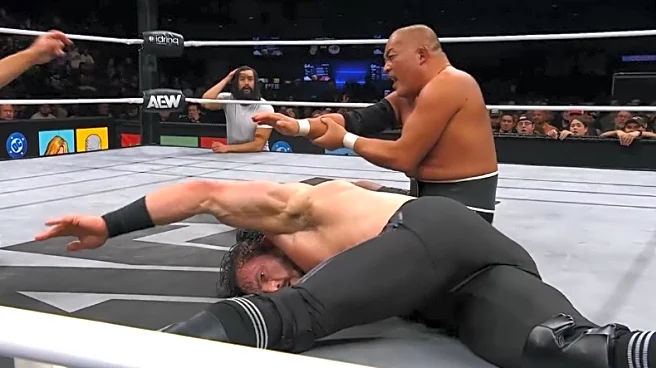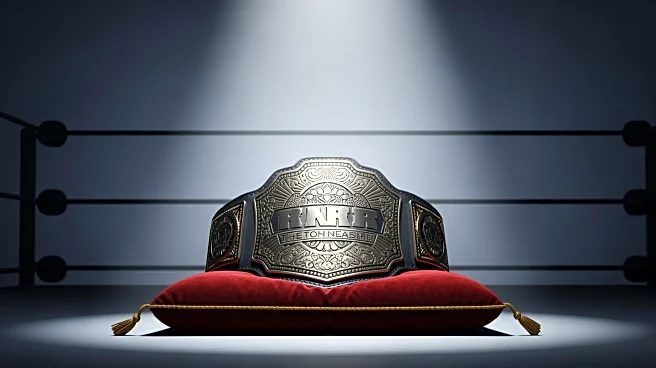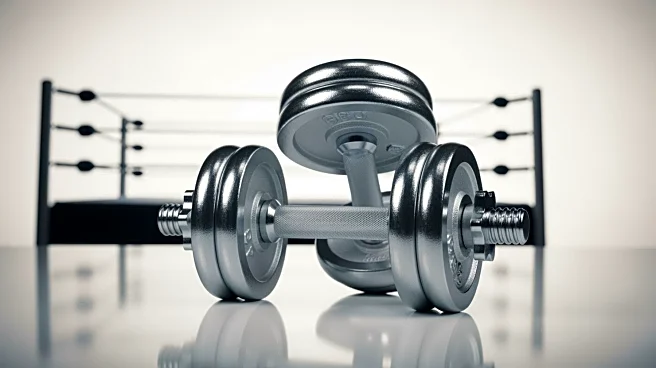What's Happening?
Darby Allin, a prominent wrestler in All Elite Wrestling (AEW), revealed that the only stunt proposal he ever had rejected by AEW was his idea to be hit by a car. Known for his high-risk performances,
Allin has been involved in numerous dangerous stunts, including being power bombed while in a body bag and crashing through glass during a Swanton Bomb off a ladder. Despite the rejection, Allin continues to be a central figure in AEW, engaging in a long-standing feud with Jon Moxley and The Death Riders. Recently, Allin achieved a personal milestone by climbing Mount Everest and is scheduled to participate in the upcoming Blood and Guts match, a highly anticipated event in AEW programming.
Why It's Important?
Darby Allin's approach to wrestling, characterized by extreme stunts, has made him a unique and influential figure in AEW. His willingness to push boundaries contributes to the entertainment value and unpredictability of AEW events, attracting a dedicated fan base. The rejection of his car stunt proposal highlights the balance AEW must maintain between entertainment and safety. Allin's ongoing feud with Jon Moxley and participation in high-profile matches like Blood and Guts underscores his significance in AEW's narrative and his impact on the wrestling industry.
What's Next?
Darby Allin is set to continue his feud with The Death Riders in the Blood and Guts match, teaming up with The Conglomeration against Jon Moxley's crew. This event, scheduled for November 12, promises to be a major draw for AEW fans, featuring intense rivalries and the first-ever women's Blood and Guts match. The outcome of these matches could influence future storylines and rivalries within AEW, potentially elevating Allin's status further.
Beyond the Headlines
Allin's career choices raise questions about the ethical considerations of extreme stunts in wrestling. While they enhance entertainment, they also pose significant risks to performers. AEW's decision to reject the car stunt proposal reflects a growing awareness of safety and the need to protect athletes from potentially life-threatening situations. This development may influence how wrestling promotions approach stunt proposals in the future.












